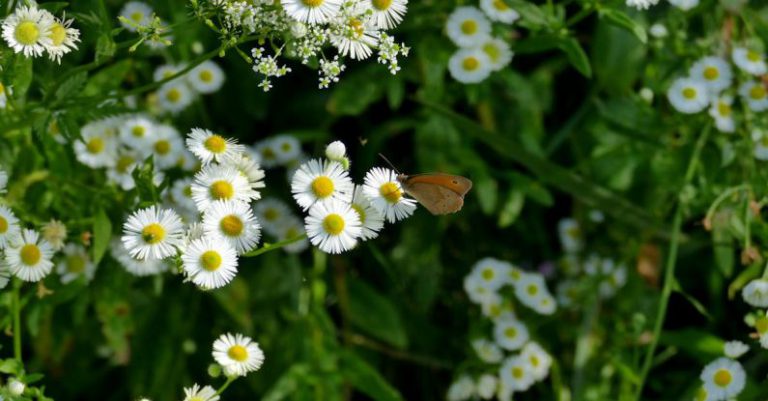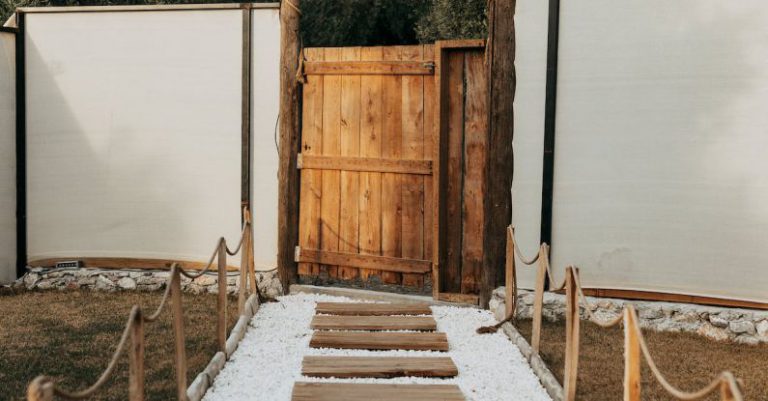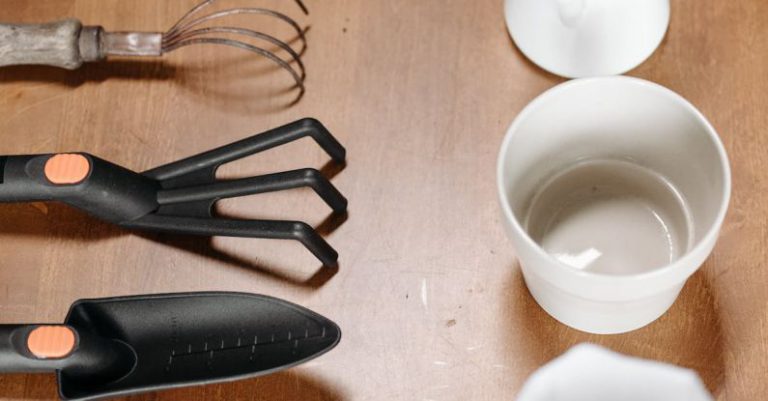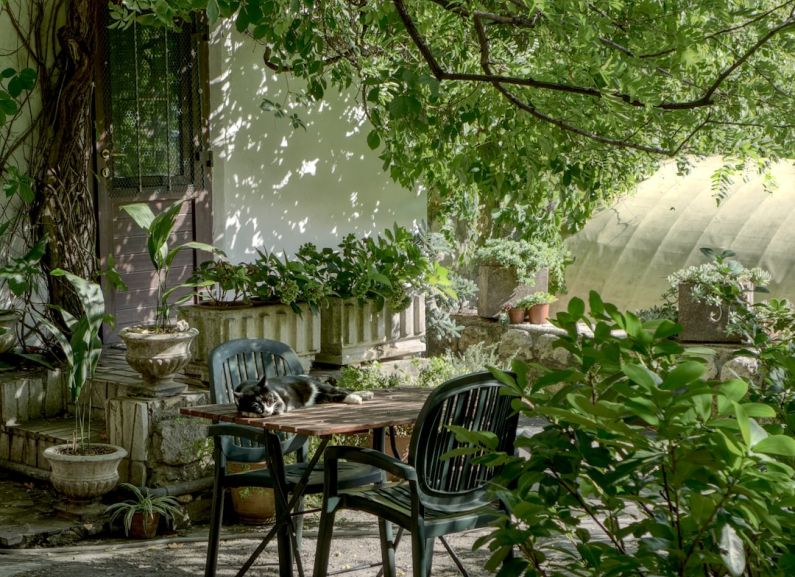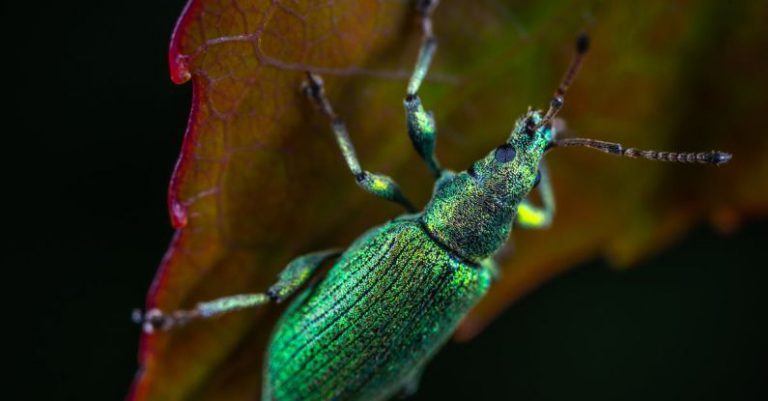How to Create a Wildlife-friendly Garden?
Creating a wildlife-friendly garden is not only beneficial for the environment but also brings joy and beauty to your outdoor space. By providing a habitat for animals, you can contribute to biodiversity conservation and enjoy the sights and sounds of nature right in your own backyard. In this article, we will explore some practical tips on how to create a wildlife-friendly garden.
Choose native plants
One of the most effective ways to attract wildlife to your garden is by choosing native plants. Native plants provide food and shelter for local wildlife species, as they have evolved together over time. These plants are adapted to the local climate and soil conditions, making them easier to grow and maintain. Research which native plants are suitable for your area and incorporate them into your garden design.
Create a diverse habitat
A diverse habitat is essential for attracting a wide range of wildlife species. By providing different types of vegetation, such as trees, shrubs, and flowers, you can create a variety of habitats that cater to the needs of different animals. Consider planting trees with dense foliage for birds to nest in, shrubs with berries for small mammals to feed on, and flowers that attract butterflies and bees.
Provide water sources
Water is vital for wildlife, so incorporating water sources in your garden is crucial. This can be as simple as a bird bath or a small pond. Ensure that the water is clean and fresh by regularly changing it and cleaning the containers. Adding rocks or shallow edges to the water feature will also provide perches for birds to drink and bathe.
Avoid chemical pesticides
Chemical pesticides not only harm pests but also have detrimental effects on beneficial insects and other wildlife. Instead of relying on chemicals, opt for natural pest control methods. For example, encourage ladybugs and lacewings in your garden, as they are natural predators of aphids and other garden pests. You can attract these insects by planting flowers such as daisies and marigolds.
Provide nesting sites
Different wildlife species have different nesting preferences. Providing suitable nesting sites will attract birds, insects, and small mammals to your garden. Install birdhouses and nesting boxes in trees and shrubs for cavity-nesting birds like bluebirds and chickadees. Leave fallen leaves and twigs in a corner of your garden to provide shelter for insects and small mammals.
Avoid excessive pruning and tidy up
While it is important to maintain your garden, avoid excessive pruning and tidying up. Leaving some areas of your garden slightly wild and untamed provides valuable habitat for wildlife. Fallen leaves, decaying logs, and overgrown areas are all important for insects, amphibians, and small mammals. Embrace a more natural and relaxed approach to gardening to create a welcoming environment for wildlife.
Educate yourself and others
Lastly, educate yourself and others about the importance of wildlife-friendly gardening. Attend workshops, read books, and join local gardening groups to learn more about creating habitats for wildlife. Share your knowledge and experiences with friends and neighbors to inspire them to create their own wildlife-friendly gardens.
In conclusion
Creating a wildlife-friendly garden is a rewarding endeavor that benefits both the environment and your personal well-being. By choosing native plants, creating diverse habitats, providing water sources, avoiding chemical pesticides, and providing nesting sites, you can attract a wide range of wildlife species to your garden. Remember to embrace a more natural approach to gardening and share your knowledge with others. With these tips, you can transform your garden into a haven for wildlife.

